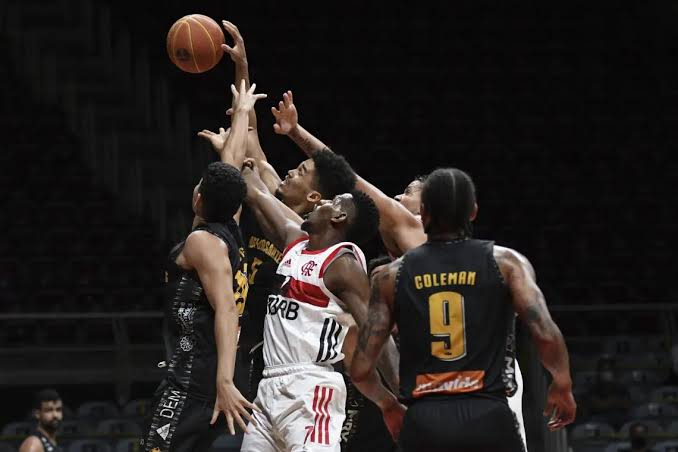Sports photography is challenging and exhilarating field that requires a unique combination of technical skill timing and artistic vision. Capturing the essence of a game is essential. The intensity of the athletes and the overall drama of the moment involves more than just pointing and shooting. It’s about understanding the dynamics of the sport. Anticipating key moments is crucial. Using your equipment effectively allows you to freeze action in a way that tells a compelling story
Before diving into technical details it’s crucial to understand sport you are photographing. Each sport has its own set of movements. Rules and pivotal moments differ too. For instance, the quick unpredictable nature of basketball contrasts sharply with the more rhythmic and calculated pace of soccer. Familiarizing yourself with game allows you to anticipate where action will unfold. This improves your chances of capturing decisive moments
The choice of equipment plays significant role in sports photography. A high-quality DSLR or mirrorless camera with fast autofocus system is essential. It captures fast-moving action. Look for cameras featuring high frame rates. This feature allows you to shoot multiple images in rapid succession. It increases likelihood of getting that perfect shot.
Lenses are equally important. A telephoto lens, such as a 70-200mm or 100-400mm, is ideal for capturing distant action with clarity. A lens with a wide aperture, like f/2.8 or f/4, enables better performance in low-light conditions and helps achieve a shallow depth of field, isolating the subject from the background.
Camera Settings for Action Shots
Understanding and mastering camera settings are crucial for effective sports photography. The key settings include shutter speed, aperture, and ISO.
Shutter speed is perhaps the most critical setting. To freeze fast-moving action, you’ll need a high shutter speed. For most sports, a shutter speed of 1/500 to 1/2000 of a second is recommended. Faster speeds are necessary for very high-speed actions like a soccer ball being kicked or a basketball shot.
Aperture controls the depth of field and the amount of light entering the camera. A wider aperture (smaller f-number) like f/2.8 or f/4 helps to isolate the subject by blurring the background and allows more light to hit the sensor, which is particularly useful in indoor or poorly lit environments.
ISO determines the camera’s sensitivity to light. In low-light situations or when using a fast shutter speed, you may need to increase the ISO to maintain proper exposure. However, higher ISO settings can introduce noise, so it’s essential to balance ISO with shutter speed and aperture to maintain image quality.
Composition and Framing
Composition is vital in sports photography. The goal is to capture not just the action but also the emotion and context of the moment. Use techniques such as the rule of thirds to position key elements off-center, creating a more dynamic image. Anticipate the direction of movement and frame your shots to include the space in front of the athletes, which conveys a sense of motion and speed.
In addition, consider the background. A cluttered or distracting background can detract from the main action. Look for clean, uncluttered backgrounds or use a shallow depth of field to blur the background and keep the focus on the athletes.
Timing and Anticipation
Timing is crucial in sports photography. The ability to anticipate key moments, such as a player about to shoot a goal or a runner nearing the finish line, can make the difference between a great shot and a missed opportunity. To improve your timing, study the patterns and rhythms of the sport. Understanding when and where the action will occur allows you to pre-focus on specific areas and prepare for the critical moment.
Burst mode, or continuous shooting mode, is also invaluable. This setting allows you to take a series of images in quick succession, increasing the chances of capturing the exact moment you want. However, be selective and review your shots critically to choose the best ones.
Post-Processing
Post-processing is a crucial step in sports photography. After capturing your images, use photo editing software to enhance the final results. Adjustments to exposure, contrast, and color balance can improve the overall quality of your photos. Cropping can help focus attention on the key elements of the image, and sharpening can enhance details.
It’s also important to keep an eye on image noise, especially if you had to use a high ISO setting. Noise reduction tools can help smooth out grainy areas without sacrificing too much detail.
Ethical Considerations
While capturing the excitement of sports is the goal, it's also important to consider the ethical aspects of sports photography. Respect the privacy and dignity of athletes, particularly in vulnerable moments. Ensure that your photography does not interfere with the game or the experience of the spectators.
In conclusion, sports photography requires a blend of technical proficiency, strategic planning, and a deep understanding of the sport being captured. By mastering your equipment, fine-tuning your camera settings, and employing effective composition techniques, you can freeze moments of action and emotion, creating compelling images that convey the drama and excitement of the game.
